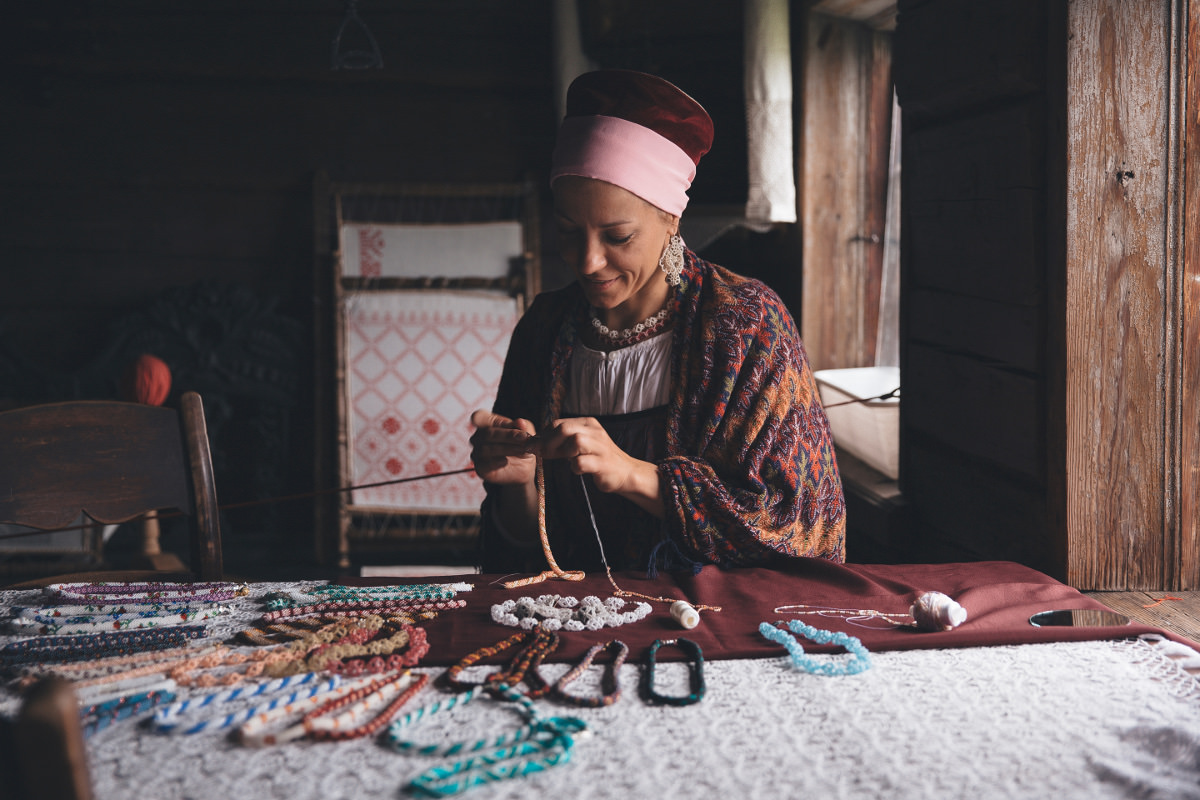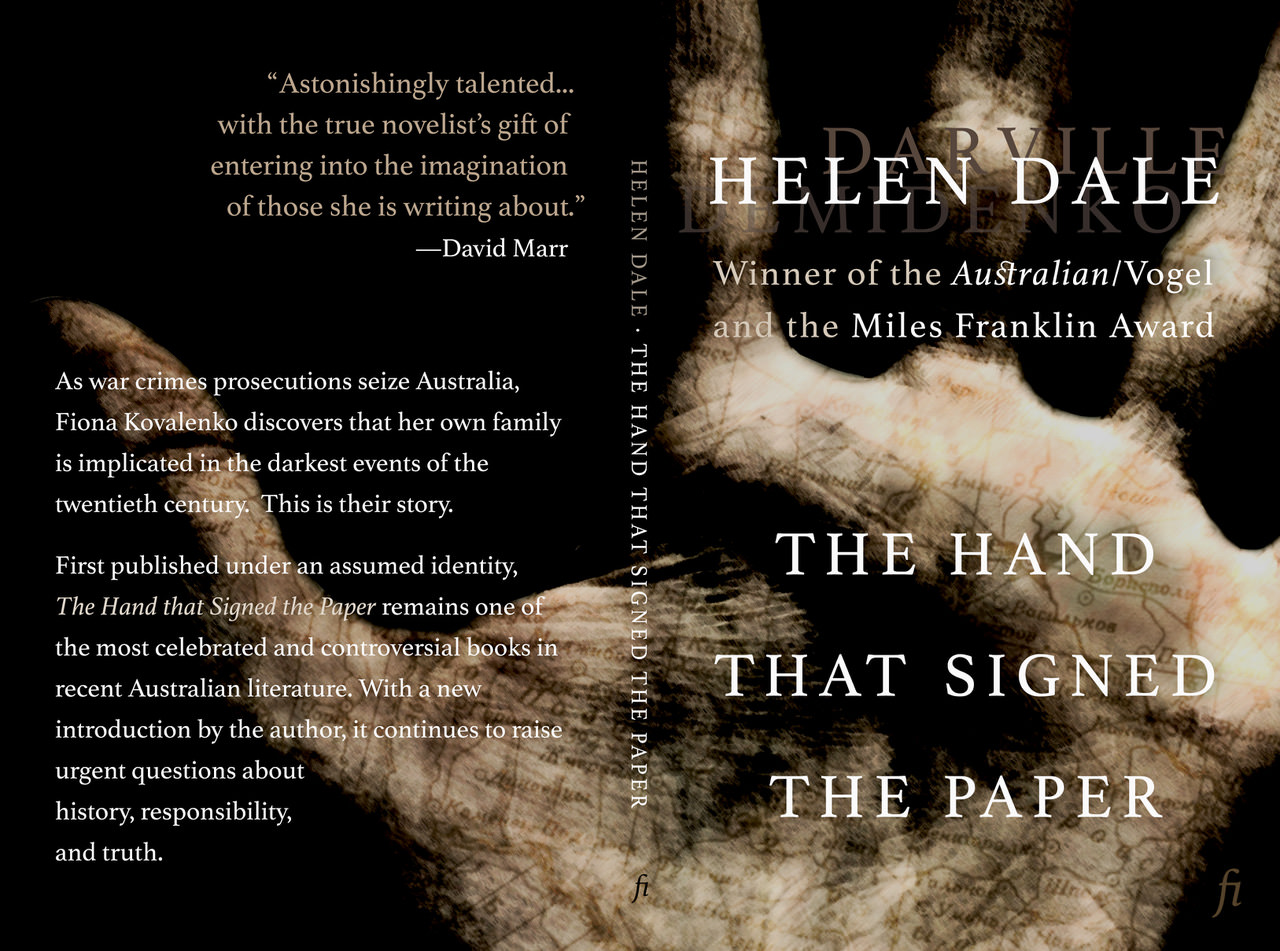Cultural Appropriation Sold Out When It Went Mainstream
Public criticism of cultural appropriation, even in its more sober and reflective manifestations, duly narrows to a couple of apparent trends.

It’s not the bloodbaths I mind so much as the tedium. Some of us survived the sub/dub wars; we should feel proud to see new generations hammering their keyboards with a violent passion, endlessly disputing the details of how to appreciate foreign culture. Unfortunately this turned out to be simultaneously the age in which everyone is expected to acknowledge the politics of cultural appropriation, and the age of trending topics and viral clicktivism.
Public criticism of cultural appropriation, even in its more sober and reflective manifestations, duly narrows to a couple of apparent trends. One is a prominent concern with offensiveness, though the fact that so many things are now discovered to be offensive tends to dull its effect. Some appeals to offence do have a further dimension: objections to profane imitation of what a people holds to be sacred. The catch is that appeals to sanctity don’t fit neatly into a wider category of cultural appropriation: they won’t credibly work for sushi or sombreros, so if cultural appropriation per se is morally suspect then it can’t be due to violated sanctity.
The second kind of critic basically wants to talk about race or (post)colonialism. The focus is on certain sorts of unequal power relation; cultural blending between perceived equals is not a source of concern. Indeed the actual content of culture plays a limited role: whether you’re researching a novel or adopting a hairstyle matters less than whether you’re getting your ideas from some subaltern group. It is little wonder then that cultural appropriation’s noted defenders have included novelists (hairdressers’ views remain unsought).
Critiques of this stamp are themselves cultural artefacts that don’t always travel easily. While America is sensitive to race, others may also be sensitive to ‘Americanisation’ from the United States’ vigorous cultural exports, and respond to black Americans’ culture in light of that. I have seen no enquiries into black culture and white culture, and who gets to build on what, that seem altogether prepared for chap-hop.
Offence has primal anger but lacks substance; theories of structural exploitation have intellectual complexity but poor battle cries. There hasn’t been much to do but nod along with those pointing out in opposition that tunes don’t know which heads they weren’t meant to get stuck inside and ideas don’t care whom they inspire.
This isn’t quite how I remember things circa 2008, when cultural appropriation was more occasional than obsessive fixture in the public eye, when James O. Young’s Cultural Appropriation and the Arts was freshly out, and when I was in the early stages of doctoral research on the ethics of cultural heritage. Not because offence and power disparities were not talked about: there is certainly nothing new under those suns. Yet they belonged to a wider and richer set of questions, ones that opened up scope for enquiry and exploration instead of aiming to bring matters to a sharp and simple close.
Does the ‘authentic’ work of Aboriginal artists have aesthetic properties unattainable by other people (or even neural nets) trying to work in the style? (Compare how the market value of a canvas can change if it is authenticated as the work of a famous artist, even though it looks no different.) Given that our society endorses institutions of intellectual property, what should it mean for us if another society lets one teller ‘own’ a story? (There are at least three approaches to justifying intellectual property in Western thought alone.) What exactly distinguishes just displaying patterns from using them as insignia, comparable to heraldic badges or clan tartans? (The latter are of quite recent invention, but the Lord Lyon still regulates them.) Might the very idea of preserving traditions from assimilation, meaning that they have to be defined and delineated, artificially prevent their organic development?

One fault line concerns commodification (or commoditisation): making pieces of culture into commodities that can be traded with a market value. (This relates to wider commitments implicit in choosing whether to talk about cultural heritage, cultural patrimony or cultural property.) If ‘appropriation’ implies something akin to theft, then the implication seems to be that something should not have been enjoyed without permission because it was already owned as a kind of property.
Yet that interpretation may be too rigid. Think again of sacredness: it is certainly possible to steal relics from a church, but that’s not quite like theft from the collection plate, which in turn differs from stealing the vicar’s private purse. Even thoroughly secular objects are not always treated as simple property for owners to use as they see fit: this is why artworks sometimes receive export bans so that they can be ‘saved for the nation’, with cultural importance counting against a claim of private ownership. So property turns out to be a complicated idea even when applied to tangible culture, before we begin to enquire about the spread of songs and styles and stories and motifs.
One strand of argument against (some) cultural appropriation, however, is plainly in favour of the market or at least means to make the most of its existence: its objection is to getting too small a piece of the pie. The basic idea is that if there is, say, a market for five novels featuring First Nations characters this year before a saturation point is reached, then we might think it perverse if First Nations novelists risk being squeezed out. A subtler critique depends less on keenness to participate in market economies and more on a wish to shield education from a marketplace of ideas: it is concerned with the difficulty of bringing people up to understand the authentic practices of their own minority culture when there are outsiders about who are putting their own creative spin on things. Those who’ve had to stop students citing Wikipedia might empathise.
My defence of such lines of argument is uncompromisingly tepid: I hope to leave some people thinking that such critiques of cultural appropriation are non-crazy enough to have been ill served by the loudest fashionable activists of recent times. If your reaction is that markets don’t work that way, that if cultural authenticity is anything then it is whatever those belonging to a culture decide it is, and that what’s sacred in culture is the gifts of the Muses, then I hope to have supplied a better whetstone on which to hone your defences of cultural fusion.
For those hungry to satisfy a sense of justice, such intellectual dissections may appear diverting but diversionary from the plight of peoples finding their collective sense of self plucked up and packed up and sold and remixed outside their control: an appeal to save cultural appropriation from the students’ union and social media by reappropriating the topic for the seminar and salon. Those whose hearts are touched by concern for cultural integrity and minorities’ viability, however, should proceed in awareness of what the anthropologist Michael F. Brown (who has expressed concern that cultural appropriation has been trivialised) has called ‘heartbreaking stories of communities disenfranchising members through the sudden imposition of more restrictive membership rules—the goal being, apparently, to reduce the number of people with whom the new wealth must be shared’. The more intellectually vigorous kind of activist may wonder who exactly benefits when the World Intellectual Property Organisation gets involved.
A grubby business, politics, necessary but unlovely to the kind of soul that seeks escapism in art and bewitchment in beauty wherever it is found. In the most uplifting spirit of cultural exchange we are neither poachers nor gamekeepers, but beachcombers come together by the ocean of boundless inspiration, sharing in the joy of alighting upon some pretty shells.
Subtitles really are more tasteful than redubs, though.












